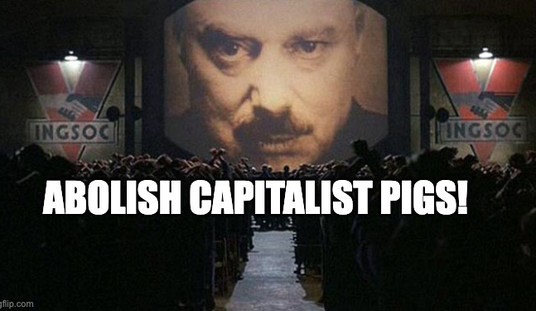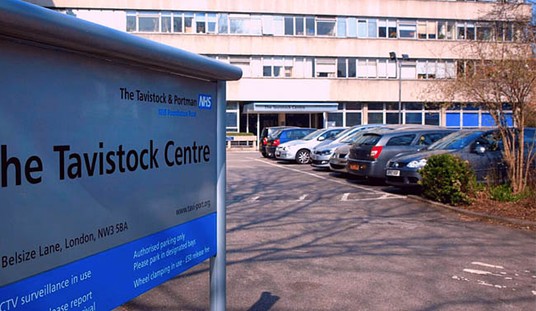The Obama administration today finalized its long-pending regulation of for-profit colleges — and, while an uptick in for-profit college stocks suggests the new rules are less onerous than expected, they’re still a little hard to swallow.
The regulations essentially aim to penalize those schools that don’t amply ensure “gainful employment” for graduates — all in the interest of preventing students from defaulting on their federal student loans. According to The Washington Times:
The rule would impose three tests on for-profit institutions, whom critics say have enrolled huge numbers of students receiving federal aid without delivering real results. Repeated failures to meet the new tests would mean the college could no longer accept students paying with federal money, a restriction which could force some nontraditional institutions to close their doors. …
The three tests? At least 35 percent of former students must have begun to repay their student loans (reducing the balance by at least $1) within the first three years of graduating, the estimated loan payment of a typical graduate must not exceed 30 percent of discretionary income and the estimated loan payment of an average graduate must not exceed 12 percent of total earnings.
A program must fall short on all three counts for three consecutive years before being cut off from the federal checkbook. Once that happens, the institution cannot reapply to federal aid programs for three years.
On the one hand, it makes sense for the federal government to protect taxpayers by seeking to minimize loan defaults — but, on the other hand, these new regulations almost exclusively target for-profit colleges. Do no public university students default on student loans?
“Directing new rules at one sector when there’s a problem in the whole sphere is kind of analogous to Major League Baseball imposing steroid rules on only one conference and letting others avoid the policy,” says Daniel Bennett of the Center for College Affordability and Productivity.
More broadly, why is the federal government nearly the sole provider of student loans in the first place?
“The federal government and the taxpayers are ultimately the ones providing these loans and they do have a vested interest in trying to limit the number of defaults as a private credit market would want to do,” Bennett said. “But you could ask the question, ‘Why is the government involved in what has been in the past a private market in offering any type of loan?’ There is an argument against the government being involved in this market at all.”
But the administration cemented its involvement in the student loan industry when it passed Obamacare. The health care law included an overhaul of the way the industry works.
“Previous to that transition, the student loan market was largely backstopped by the federal government, so [private loan-makers] were receiving subsidies for providing and servicing these loans,” Bennett explains. “What the Obama administration did was cut that program off, which, in itself, is not a bad idea because we shouldn’t be subsidizing loan-makers, but I think we went in the wrong direction. Rather than getting out of the business altogether, we went headfirst into it.”
Now, not surprisingly, even more strings are attached to federal dollars — and schools and students are less free to pursue their own self-interest as they seek an education. After all, for-profit colleges often provide for student needs that go unmet at more traditional schools.
“A lot of working-age people who have families to provide for — they need the flexibility of the program or of being able to take some of their classes online or in more convenient locations and the for-profit sector has done an excellent job of meeting these needs,” Bennett said.
That only makes the new regulations seem all the more unwarranted.
“The thing that’s so frustrating about this administration’s regulatory overreach into the for-profit college sector is that President Obama has said he wants us to have the highest percentage of college graduates in the world by 2020, but then these types of regulations are preventing these schools [from] serving students that have historically been underserved by traditional universities,” Heritage Foundation education policy analyst Lindsey Burke said.
Fortunately, Congressional Republicans and several minority groups immediately spoke out about the new regulations, which don’t take effect until July 1, 2012. Maybe they’ll sponsor a regulatory rollback before then.








Join the conversation as a VIP Member